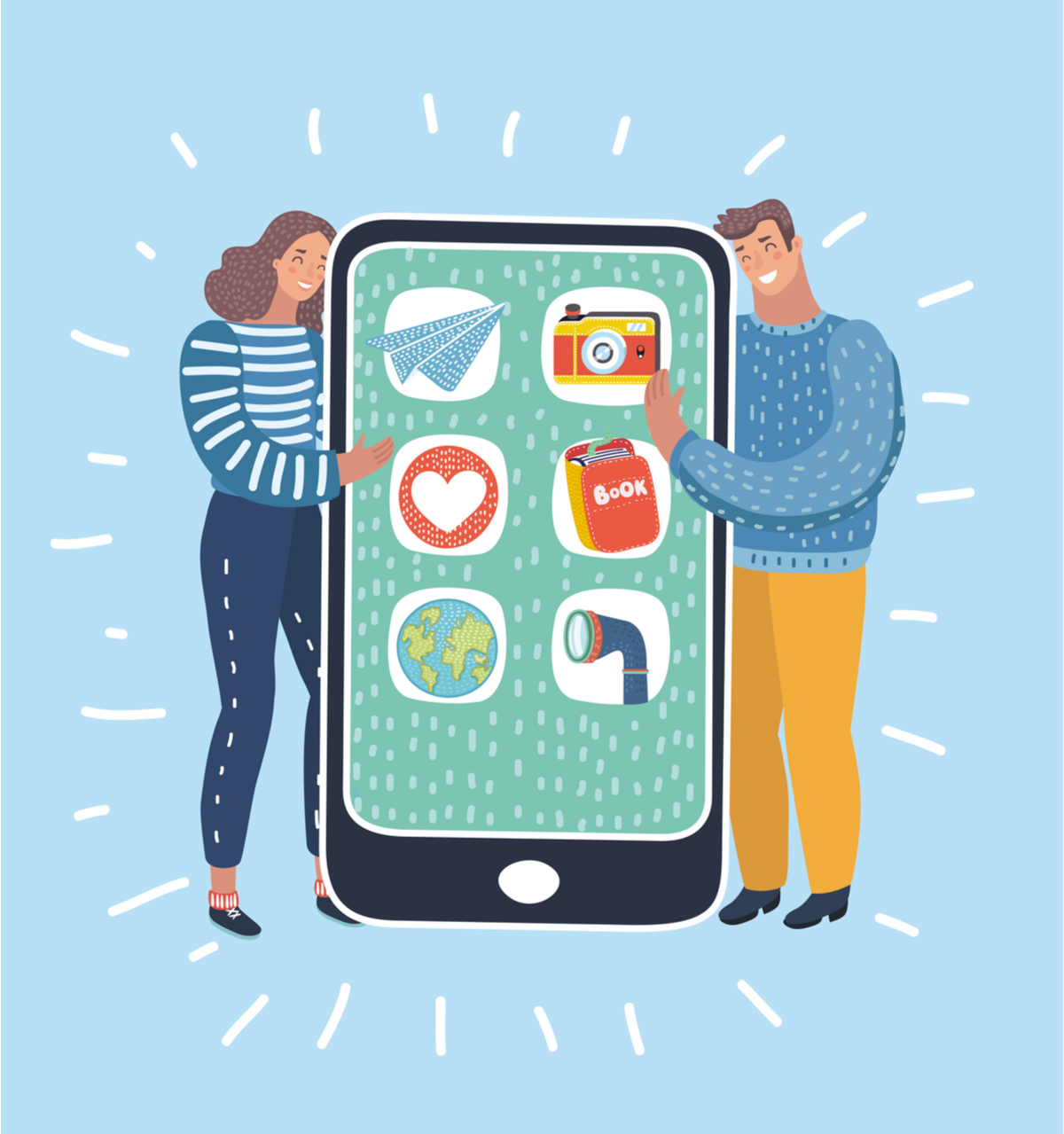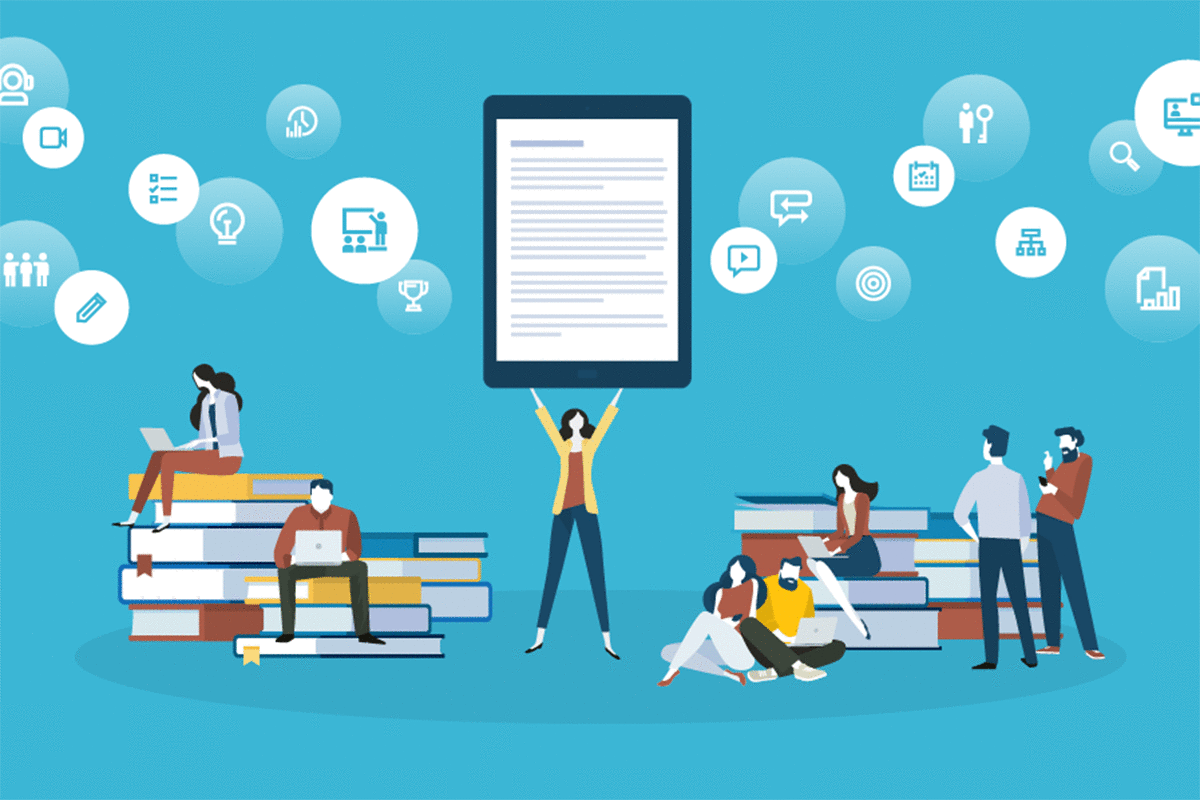When designing eLearning, there are many effective, different approaches.
There might not be any one best style, but there are usually some that will fit better with your specific needs than others.
The concepts of social learning and microlearning receive much fanfare in the online edtech space. However, in recent years, many have discovered that combining these two approaches can actually be much more effective than either one on its own.
Why is this? It all boils down to how these two learning approaches work.
Let’s review (or, if it’s the first time you’re hearing them, introduce) the meanings of these terms.
What are Social and Microlearning?

“Social learning” is about the learner environment, and refers to the act of learning through online social interaction.
This can take place on one or more social networks or other socially-based platforms, and include things such as Facebook, Twitter, blog posts, chatrooms, online forums or even discussion boards on actual learning platforms such as Blackboard.
In all of these cases, social interaction is not encouraged and required in order for learners to reap the full benefits.
They can post ideas, respond to each others’ comments, pose questions or do anything else that would normally happen in a social engagement, digital or otherwise.
“Microlearning” is related to how content is delivered, and refers to the distribution of that content in small, short bursts — as opposed to longer, drawn-out lessons or videos.
This can come in the form of single-serving chunks of information that are delivered through infographics, charts, short videos, mini-games or other content that can be quickly sent out through digital and mobile applications.
Why This Combination Works

So, why does this combination work so well? There are several reasons.
1) Most online social interactions already take place in smaller, bite-sized formats. Think of the size of a typical Facebook post — one post many lead to many comments and discussions. In the same way, users are already set up to digest information this way.
2) Because microlearning does not take up much digital space, it is easy to access content through a variety of digital platforms (phones, tablets, etc). In the same way, most of these digital platforms also support a variety of social media — which means it’s easy for eLearners to access both types of content at the same time in the same place.
3) Both of these types of learning allow users to access and interact on their own time. Where a full-length lesson or video requires a user to have a quiet space where they can focus and concentrate for an extended period, the delivery of micro-content makes it possible for a user to access, learn and respond in a matter of minutes.
4) The freedom of microlearning allows content to be delivered in a variety of formats, any of which lend themselves to social behaviours if used well. Giving a small quiz? Have a place for people to share and discuss answers. Providing a chart? Let your users comment and give feedback. Posting a quick video? Allow users to post their own in response to you and to each other.
5) Finally, the addition of a social feature allows eLearners to feel as if they have a vested interest in the content and learning. Rather than keeping learning as a passive activity that requires little, the social feature means that everyone is “in it together” — which typically boosts’ users participation and sense of ownership. Moreover, they tend to feel responsible, not just for their own learning, but for the learning of those around them. This sense of community helps to boost all learners forward. This speaks to the concept of personalization, which we break down here too.
Embrace Mobile Apps

One final thought: while this sort of learning can take place anywhere, at any time, it’s especially important to consider and implement mobile solutions.
Most users today simply prefer to work on their phones.
This is not just a passing trend; this is how it’s expected to continue well into the future, where the teens and tweens of today will enter adulthood as 100% phone-committed.
In that day and age, the concept of the computer, or even the laptop, might feel as old and out of date as the adding machine and the mimeograph seem to us today.
Why wait until then to embrace this — why not instead let it inform how you create and design your eLearning for lasting relevancy?
Learn how you can go even further to satisfying your students with our blog on gamification here.








